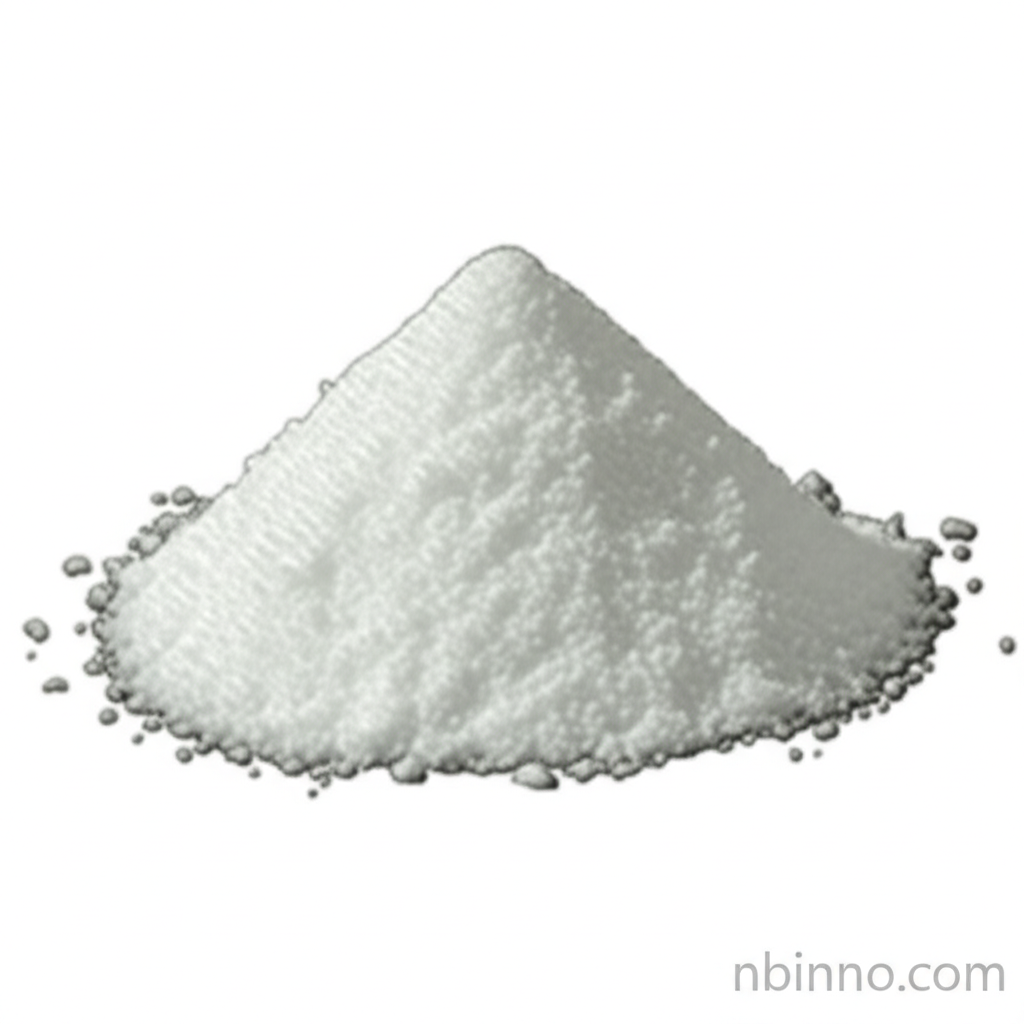2-Deoxy-L-ribose: A Key Intermediate in Antiviral Drug Synthesis and Pharmaceutical Applications
Discover the critical role of 2-Deoxy-L-ribose in creating advanced antiviral therapies and its impact on pharmaceutical innovation.
Get a Quote & SampleProduct Core Value

2-Deoxy-L-ribose
2-Deoxy-L-ribose serves as a fundamental building block and a critical intermediate in the synthesis of L-nucleoside analogs, which are vital for developing effective antiviral treatments. Its precise chemical structure and stereochemistry are essential for the efficacy and safety of the final drug products.
- The synthesis of Telbivudine relies heavily on high-purity 2-deoxy-L-ribose as a key intermediate.
- Understanding the properties of 2-deoxy-L-ribose is crucial for optimizing antiviral drug synthesis pathways.
- This compound is a cornerstone in the development of L-nucleoside drugs, known for their enhanced antiviral activity and reduced cytotoxicity.
- Pharmaceutical grade 2-deoxy-L-ribose ensures the quality and consistency required for API precursor manufacturing.
Key Advantages
Enhanced Antiviral Efficacy
Leveraging 2-deoxy-L-ribose in drug synthesis contributes to the development of potent antiviral agents, as seen in its role in the telbivudine intermediate production.
Reduced Cytotoxicity
L-nucleoside analogs derived from this sugar intermediate often exhibit lower toxicity compared to their D-counterparts, making them safer for long-term treatment.
Essential for Pharmaceutical Synthesis
As a core component for L-nucleoside drugs, 2-deoxy-L-ribose is indispensable for companies involved in the pharmaceutical synthesis of antiviral medications.
Key Applications
Antiviral Drug Intermediates
This compound is a vital intermediate for synthesizing antiviral drugs, particularly those targeting hepatitis B, such as telbivudine, ensuring efficient and effective drug production.
Pharmaceutical Synthesis
Its unique structure makes it indispensable in the broader field of pharmaceutical synthesis for creating complex nucleoside analogs and other active pharmaceutical ingredients.
Biochemical Research
Researchers utilize 2-deoxy-L-ribose in biochemical studies to understand viral replication mechanisms and to explore novel therapeutic targets in antiviral drug discovery.
L-Nucleoside Analog Development
It plays a pivotal role in the development of L-nucleoside analogs, which are gaining prominence due to their improved pharmacokinetic profiles and reduced side effects.
